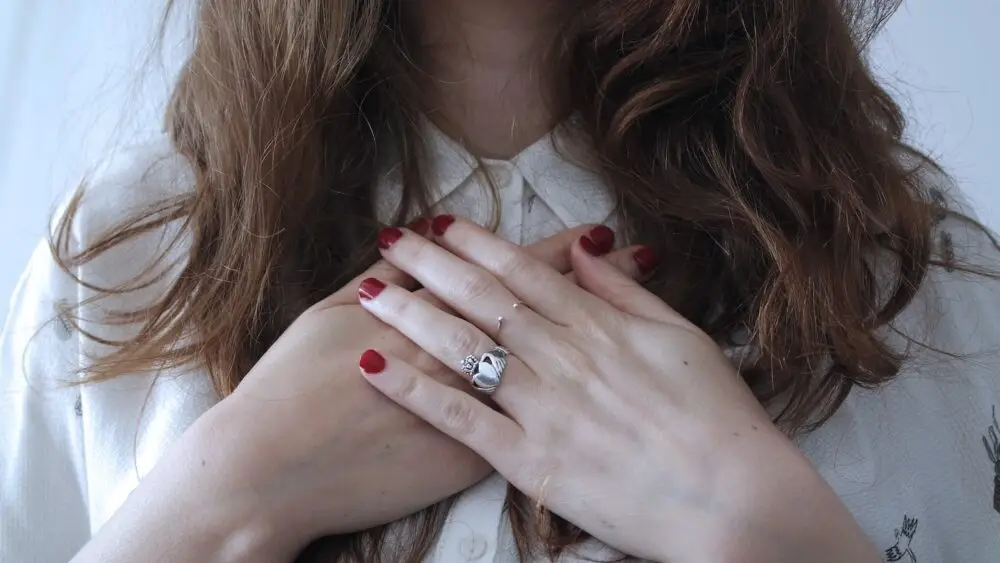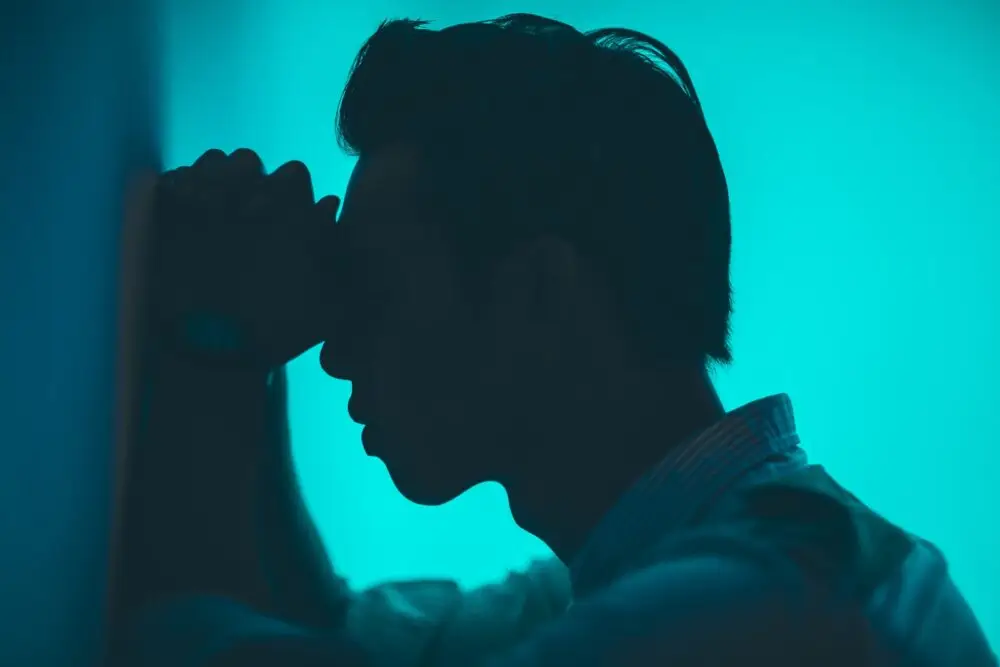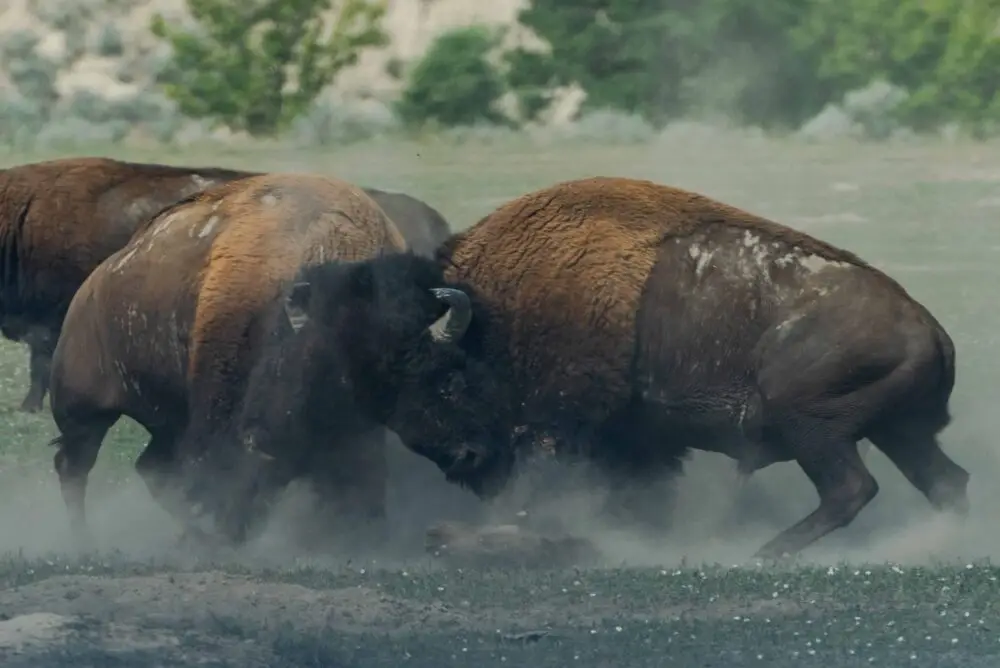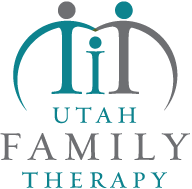5 Tips On Overcoming Pornography Use
Table of Contents - What You'll Learn
If you have felt trapped in unwanted pornography use, you are not alone. Pornography’s accessibility, coupled with it’s habitual and – in extreme cases, addicting – effect on the human brain, make it extremely challenging to overcome.
But, just because it is challenging, does not mean it is impossible. In fact, it is very possible to overcome unwanted pornography use. For many people, it’s a matter of getting the right tools. There are a lot of unhelpful ideas around how to quit pornography, and those ideas keep people stuck.
It’s like trying to build a house with a shovel, and then after years of struggling to get the walls up, someone finally hands you a hammer. Building the house was never impossible, but now you are equipped with the right tools to actually make it happen.
So, let’s give you the right tools.
Here are 5 tips that are crucial to grasp in order to finally overcome pornography use.
#1. Embrace the Power of Self-Acceptance

Unfortunately, shame permeates pornography use.
Because porn is often directly in violation with strongly embedded ideas around morality and socially acceptable behavior, many clients come in caught in the web of a shame-based mindset.
They are deeply entrenched in limiting beliefs about themselves:
- I am gross
- I am unlovable
- I am perverted
- I am a monster
- I am powerless
These beliefs are NOT true. They are simply a reflection of the person’s desire to align more closely with their values and moral code.
We can turn towards those values without having to label our whole self as “bad, gross, or broken.”
In fact, porn use is just a fraction of what makes that person who they are.
A powerful intervention to do with clients is to have them begin listing all of the “parts” of themselves. Things like:
- “I am a runner”
- “A parent”
- “A boss”
- “I am funny”
- “I love adventures”
- “I have a temper”
- “I can be judgmental”
- “I love people”

When we do this exercise, we realize that none of us are defined by any one part.
You can have a “part that views porn”, as well as a “part that loves my spouse,” or a “part that is gentle and kind,” or any other part that makes up who we are.
Sometimes there is the tendency to define ourselves by one part, but that is incredibly inaccurate.
Self-esteem is not the idea that we 100% love everything about us.
Self-esteem is the idea that we can love the whole of who we are despite there being parts that we want to work on.
When we approach working on your pornography use from this place of self-acceptance, rather than, “I will only love myself once I’m over porn use”, we all of a sudden can tap into strength we didn’t know we had.
People who love themselves are willing to do hard things.
People who love themselves are willing to be held accountable.
People who love themselves see the big picture, rather than getting stuck on one part.
The curious paradox is that when I accept myself just as I am, then I can change.
Carl Rogers Tweet
#2. What Pain is Porn Protecting You From Having to Feel?
Tip number two is also pretty self-reflective. But we need to have self-love in order to really explore it. But here’s the deal – whether it’s porn, alcohol, drugs, overeating, or gossiping – these unhelpful behaviors ironically have the best intentions. These parts of us are trying to help you in some way.
I know, I can hear you saying, “HOW?? IT IS RUINING MY LIFE!”
I get that. The intention is to help, regardless of the outcome.
I want to ask you to do some reflection for a second and think about the answer to this question:
What pain is your pornography use protecting you from having to feel?
Really think about it.
When clients get curious with this question, they start to realize that porn does an amazing job protecting them from things like:
The pain of loneliness
The pain of regret
The pain of an unfulfilled marriage
The pain of dissatisfaction with work or life
The pain of strained relationships
The pain of stress

Even emotions like, boredom, that are not painful per se, but that are uncomfortable feeling, are common answers.
And, in reality, that pain is probably really hard to deal with. You might even be at a loss for how to fix it.
And so this part of you uses pornography. Because even though porn has consequences of it’s own, it is at least more manageable than the pain of whatever it is protecting you from.
Why is this important?
Because too often, people will spend years trying to implement skills to stop using porn, but they never address the real issue underneath it.
Once clients can make the shift to start working on the real issues, then the need to use porn goes away.
If you end up healing your marriage, then the need to protect yourself from the pain of a broken marriage goes away.
#3. Stop Battling the Urges
In Navy SEAL training, they have this thing called surf torture.
Candidates are taken to the beach and are instructed to lie in the surf as it continually washes over them without any indication on how long the exercise will last.
At first, every candidate battles with the cold.
They tense up and fight what they are feeling.
In order to make it, though, candidates have to learn to accept what they are feeling. It is still painful, but they stop wasting their energy trying to fight what they are feeling.
So much of what is taught about overcoming compulsive behavior is centered on “battling” with the urges.
Strategies often include things like; distraction, going for a walk, exercise, take a cold shower, or talk to a friend.
These strategies can sometimes produce short-term relief, but rarely do they lead to sustainable healing. Battling with urges creates an unhelpful relationship with them.
Any time an urge happens, you get into battle mode. And then when these short-term strategies fail, it just reinforces this unhelpful narrative that you are too weak to “beat” your urges.
Cutting edge techniques include a completely different approach: Acceptance.
An urge is a chemical experience happening in your body.
While urges can feel very powerful, overwhelming, or scary, they are not any of those things.
We help clients make peace with the physical experience happening in their body.
Instead of battling with your urges, thinking they are “bad”, or that you need to get rid of them – what if you considered opening up to them?
Make room for the urges. Breathe through them and allow yourself to feel them.
Just like with Navy SEAL surf torture, the more open you become to what you are feeling, the more energy you have to focus your life on living in ways that are important to you.
On the converse, when you spend all your energy fighting what you are feeling, you have much less energy to spend on living your life in ways that are important to you.
#4. Zero in on Your Values
When working with clients, we help them get crystal clear on the type of person they are and want to be.
What do they want to stand for?
What is important to them?
One of the most painful things about porn use is that it often goes so strongly against someone’s values.
Values are ways of being and engaging with life that are important to you. They are behavior-based, and they are closely tied to what makes life meaningful for someone.
Common values include things like:
- Courage
- Empathy
- Adventure
- Kindness
- Morality
- Family
- Spirituality
- Humor
- and Resilience.

Whatever your core values are, you can use them as a north star when urges to view porn show up.
How do we help our clients leverage their values to overcome porn use?
We will have them spend time meditating on their values, visualizing what their life would look like if they lived their values more fully.
We invite them to spend time journaling about their values and why they are so important.
When urges come, we teach our clients to practice acceptance, get in tune with what pain porn is trying to protect them from, and then turn towards their values in that moment.
Having a few values-based affirmations to briefly meditate on can be very powerful for them. Phrases like:
“I do not need pornography”
“I value courage and so I do hard things”
“I value connection, and so do not do anything that hinders real connection.”
While these do not always make cravings go away, this type of redirect can open up enough space to not get pulled back into the cycle of porn use.
It opens up some space for you to ask yourself what behavior you could engage in right then and there that would be values-based.
#5. Peace with What You Can & Can't Control
We make peace with what we cannot control – the presence of the craving, and then we turn towards the things we can control – focusing on and living our values.
Conclusion
Healing from porn use is a process that must start with self-love and acceptance.
Once we start from that place of abundance, we can begin to get curious with what pain the porn use is protecting us from having to address.
As we start working on healing that pain, we can also begin practicing acceptance with our urges.
We no longer see them as “bad”, but instead experience them for what they are – a chemical process happening in our body.
And then we let our values guide us as we take steps along our path of healing.
When deciding to really get serious about overcoming pornography use, finding a therapist that can provide a safe space for accountability, acceptance, and growth is a crucial part of the process.
Utah Family Therapists can help equip you with the right tools, as well as help you tap into the inner strength that has always been there.

